In Castlevania: Symphony of the Night, there is a scene where Alucard and Maria Renard run into one another, and Maria mentions that the castle they’re both in is different than the last time she was there (during the events of Rondo of Blood). Alucard then explains that the castle is a “creature of chaos,” the canonical explanation as to why Dracula’s castle changes from game to game in the Castlevania series.
Castlevania: Harmony of Dissonance is one of the few games in the series I haven’t played through, and I thought now would be a good time to do so. It’s also one of those games that I had always read bad things about. At best, I was told, it was lacking in quality compared to its prequel and eventual sequels. But this isn’t a site that listens to what the majority thinks, so I loaded that bad boy up and didn’t give in to the emulation-induced ADHD that causes you to load up a different game after a few minutes.
“Creature of Chaos” is a term that has been in my mind playing through HoD. Strange to think about in regards to Castlevania, but there’s always been something of a consistency to the layout of the castle. Despite having a gallery, a library, a coliseum, a clock tower, and a laboratory (among many other things) contained within one building, they’ve all been laid out and placed in a way that makes some kind of sense. As in, of course the library would be connected to the fairly benign Outer Wall, which is essentially an elevator with a little nook to chill out in. Yeah, it makes total sense that the underwater reservoir would be connected to the part of Dracula’s Castle where you fight the Mermen (the area that’s in the first level of just about every Castlevania), which would then lead to catacombs, then leading to an underground mine.
This is not the case here. Harmony of Dissonance lives up to its name, with a layout that makes the player wonder if they had accidentally loaded up a ROM with a randomizer included. Sense and coherence are out the window here. You move from room to room with ever-changing themes, even within the same area of the castle. For example, there is a room, a standard medieval castle affair, that leads to two exits. One exit takes you to a room full of lava with an active volcano in the background, the other to a room filled with crystals.
Symphony of the Night and the post-SOTN Castlevanias all rely on having a rewarding sense of exploration. You laboriously cover every last square on those maps, because you might find a new weapon, a new ability, or one of those tiny rooms that serve no real purpose other than a nice bit of scenery. HoD has this as well, but I feel that the real reward is wondering what sort of environment you’ll end up in next. Will you end up in the hallways made entirely of bones? Will those hallways suddenly take you to the laboratory, or to a chapel? You combine this with the haunting, weird music that sounds out of key, but not so out of key that it’s unlistenable, and you end up with this incredibly chaotic atmosphere. A game where the designers went into overdrive when it came to throwing ideas at the wall, not caring if it stuck. There’s something about that wild-eyed design philosophy that I respect.
Now granted, in the traditional game design aspect, this is not the best. Mostly because HoD drops the “there are actually two castles to explore” twist fairly early on in the game, before you’ve found all of your exploratory abilities, meaning that you are constantly traveling back and forth, trying to remember where that locked door you saw two hours ago was and oh fuck did I just go in a circle and wind up back at the tall shaft I can’t climb again? The chaos, while very cool, can lead to you getting lost quite often.
Even with the tedium of bouncing back and forth between two castles, I still found myself enjoying the game. Harmony of Dissonance is such a weird thing that exists; this extremely experimental game that might look like Symphony of the Night, but could not be more removed from it. The sort of boldness that is sorely missed in most games of today, where you could afford to not Play It Safe with a sequel. Plus, it doesn’t hurt that Juste Belmont is the most whispy of whispy femboys the series has ever had, and this is a series that includes Alucard and Soma Cruz. If I’m going to be thrust into a fucked up world where the architecture doesn’t make any sense, you might as well give me a pale goth bishounen to look at and ogle while it’s all going on.
That’s essentially the game. A hot dude with a whip explores a couple of giant castles while fighting monsters, and Vampires are involved. It’s Castlevania, but more fucked up and chaotic, and I love it for being that way. Really glad I finally gave this game a chance.
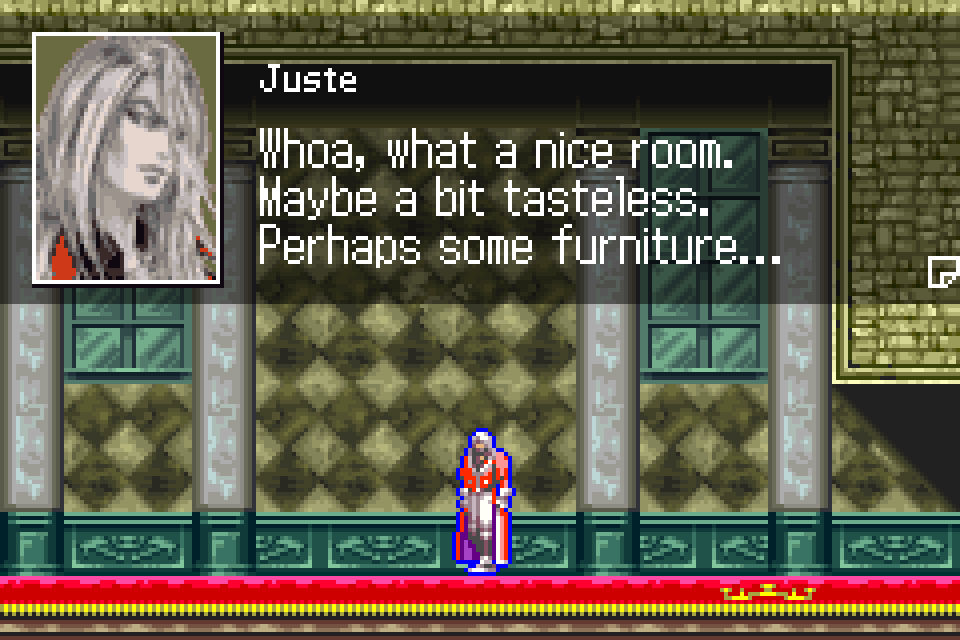
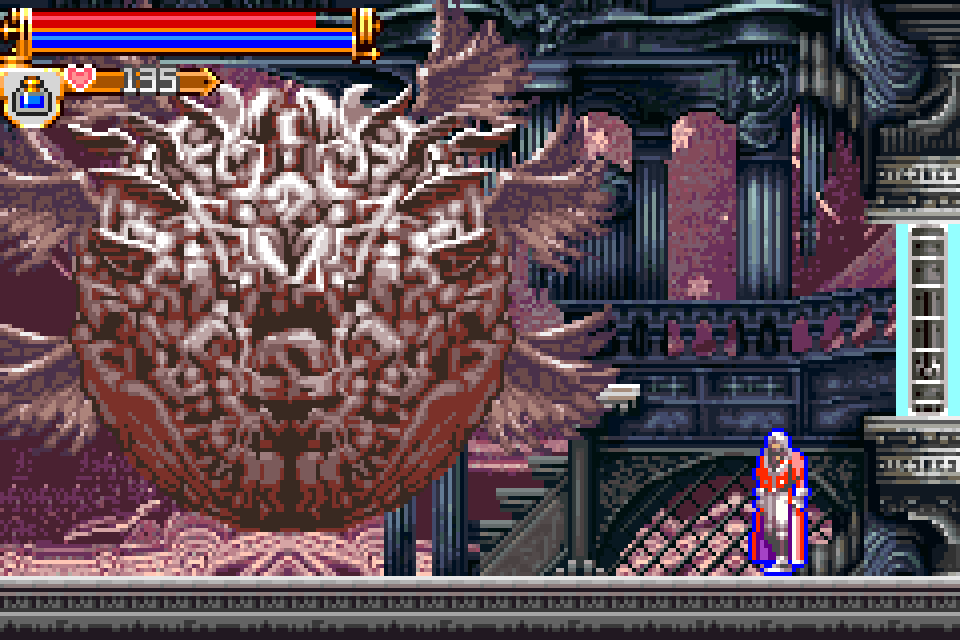
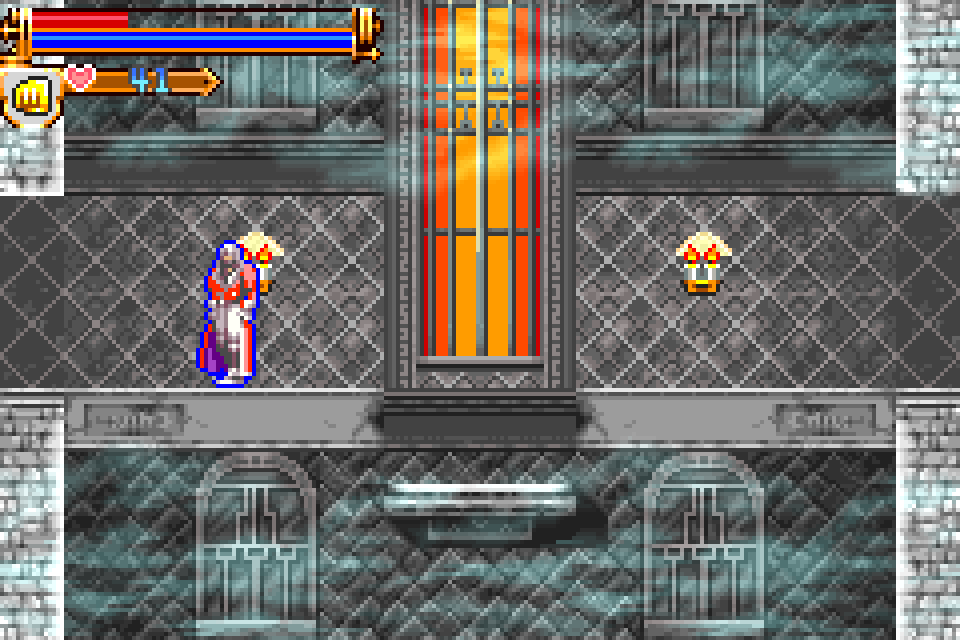
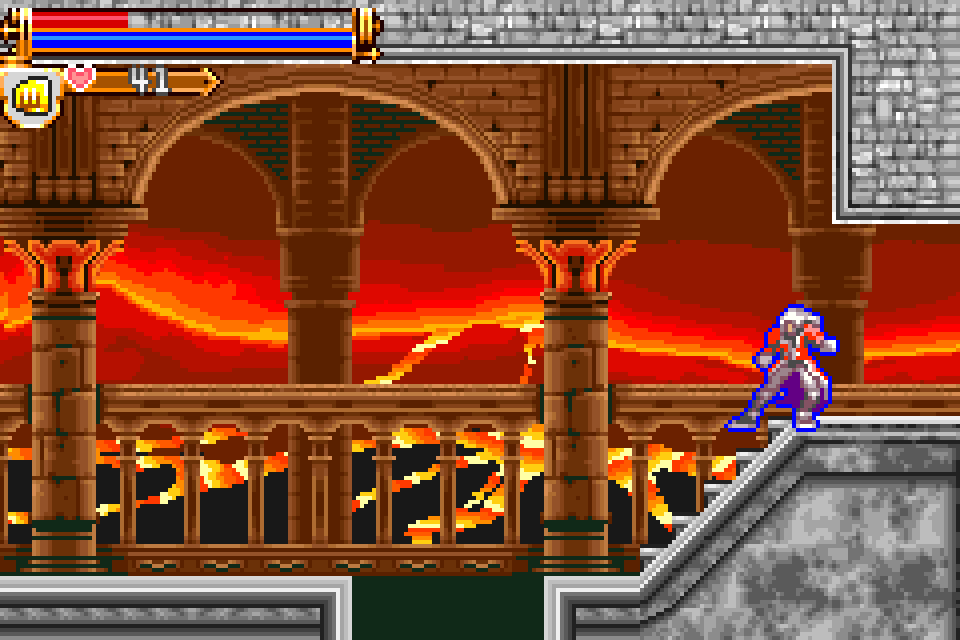
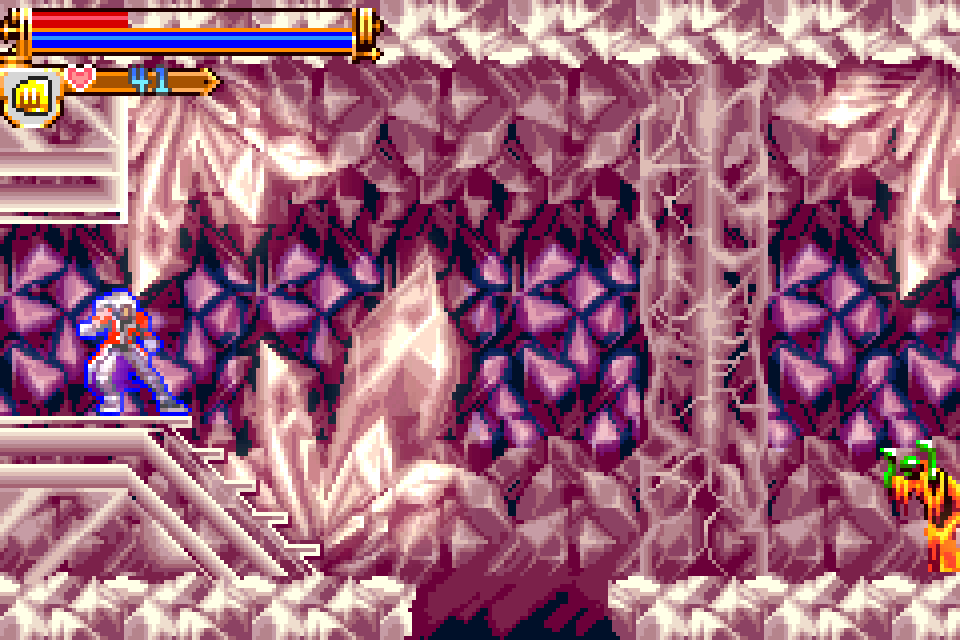
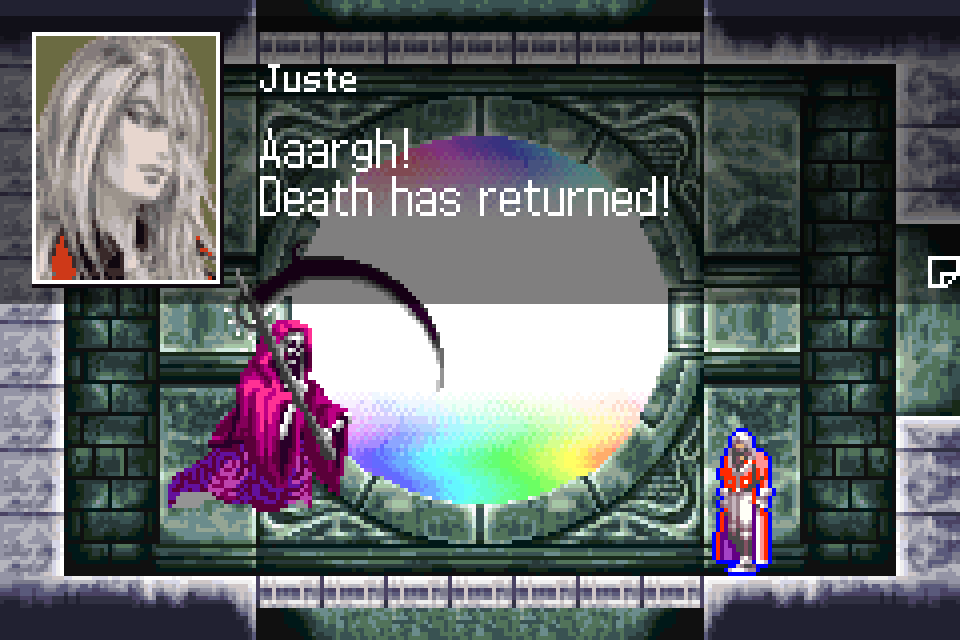
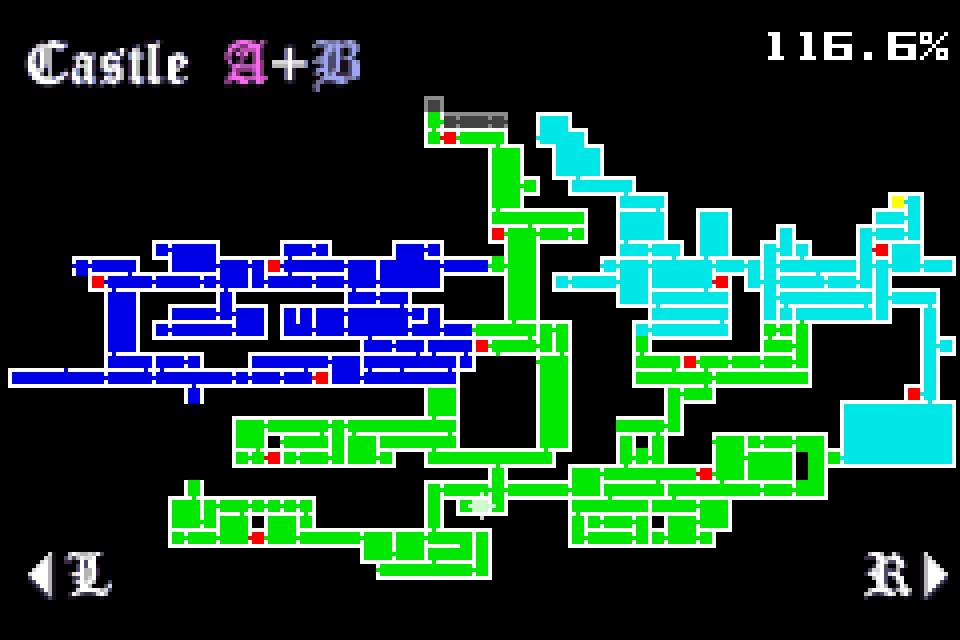
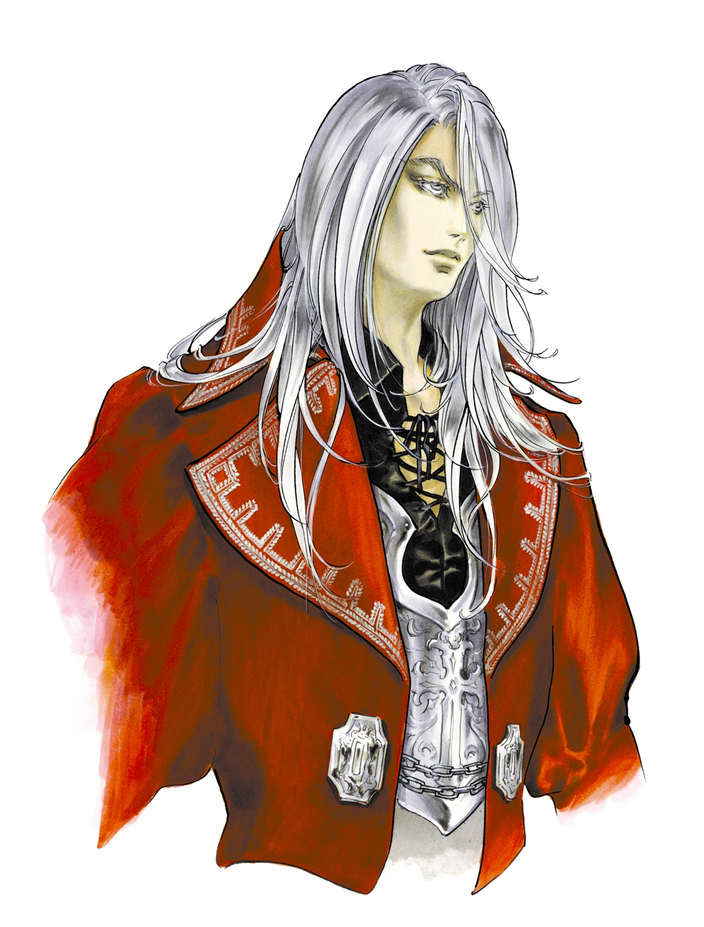

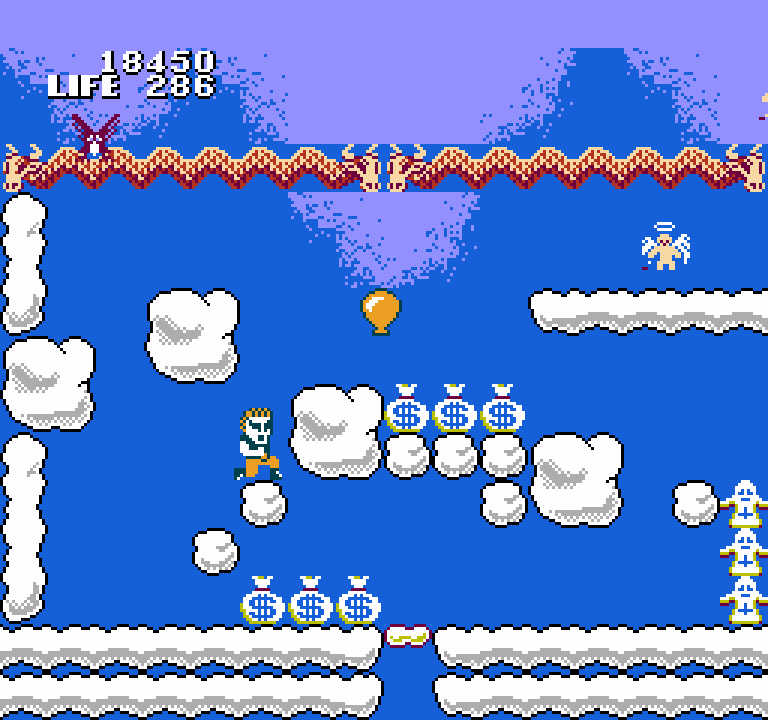
Comments